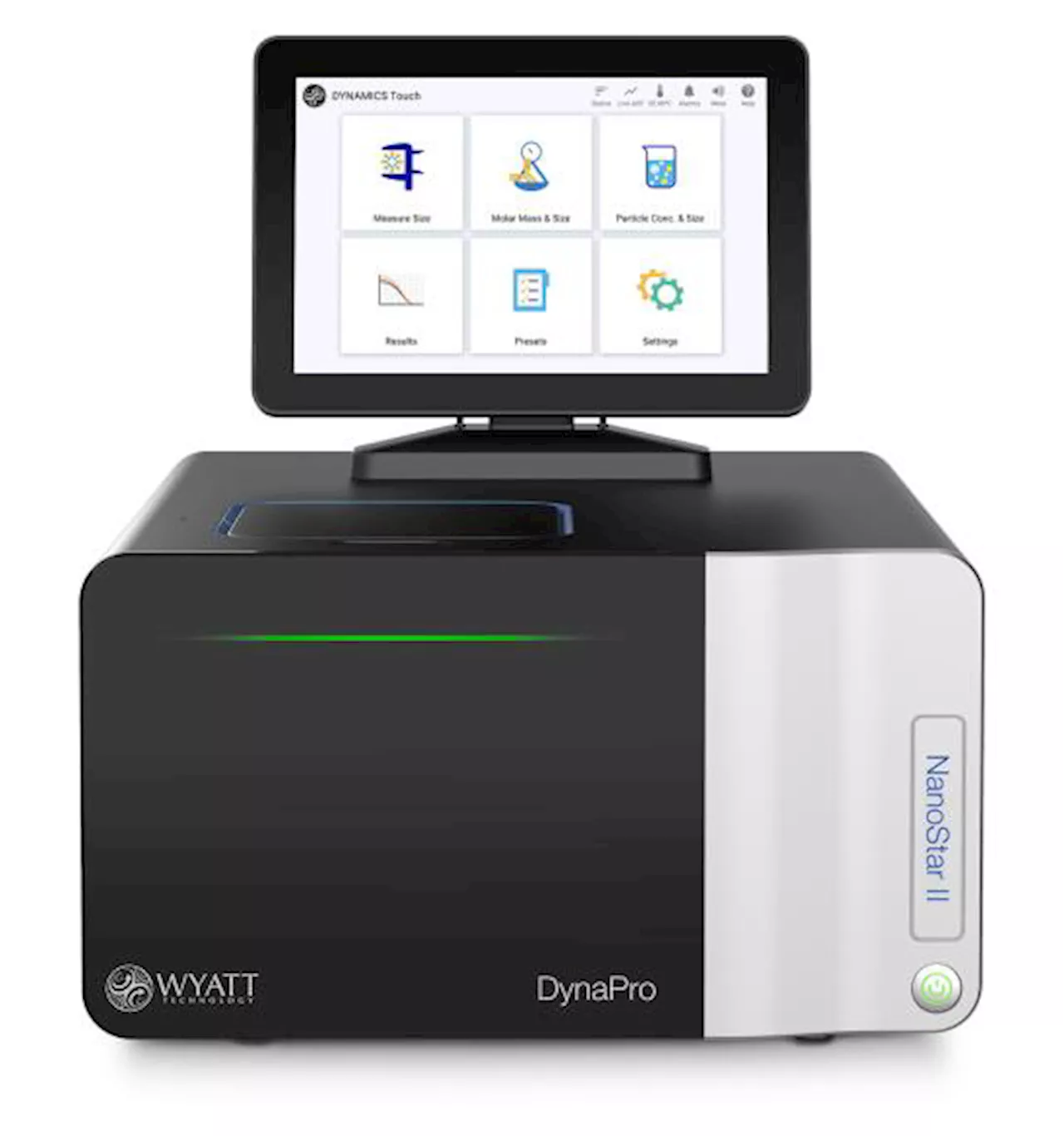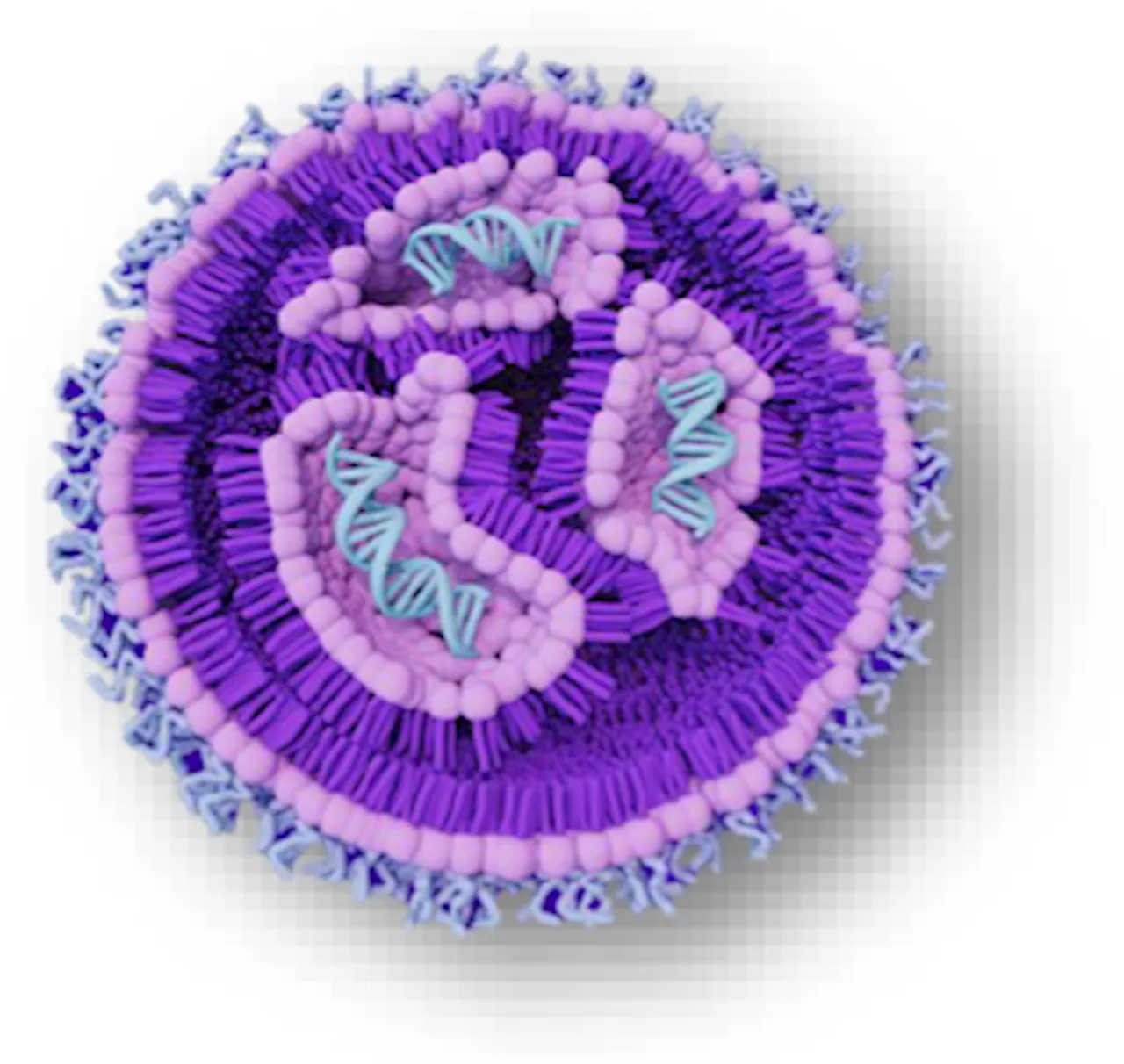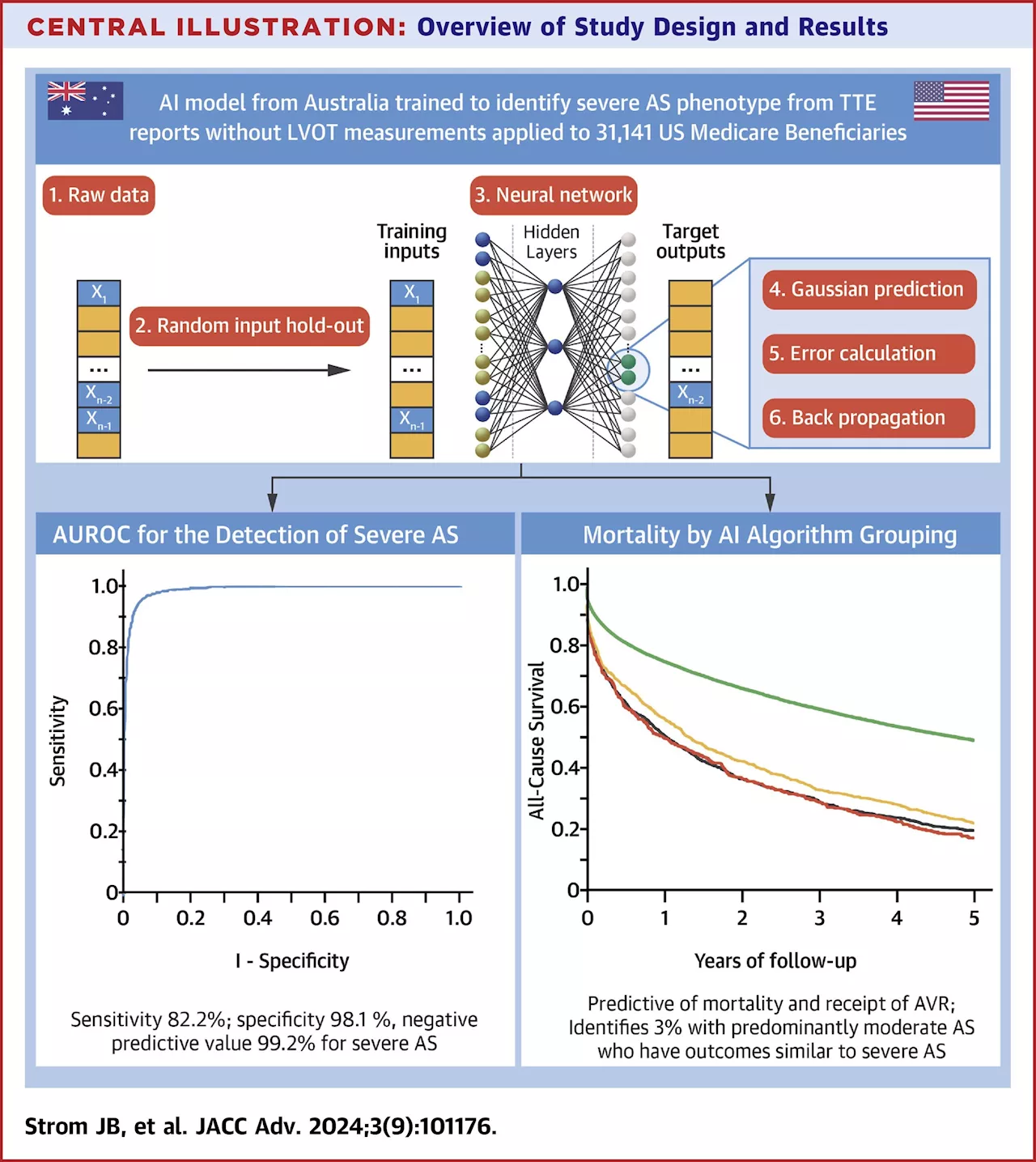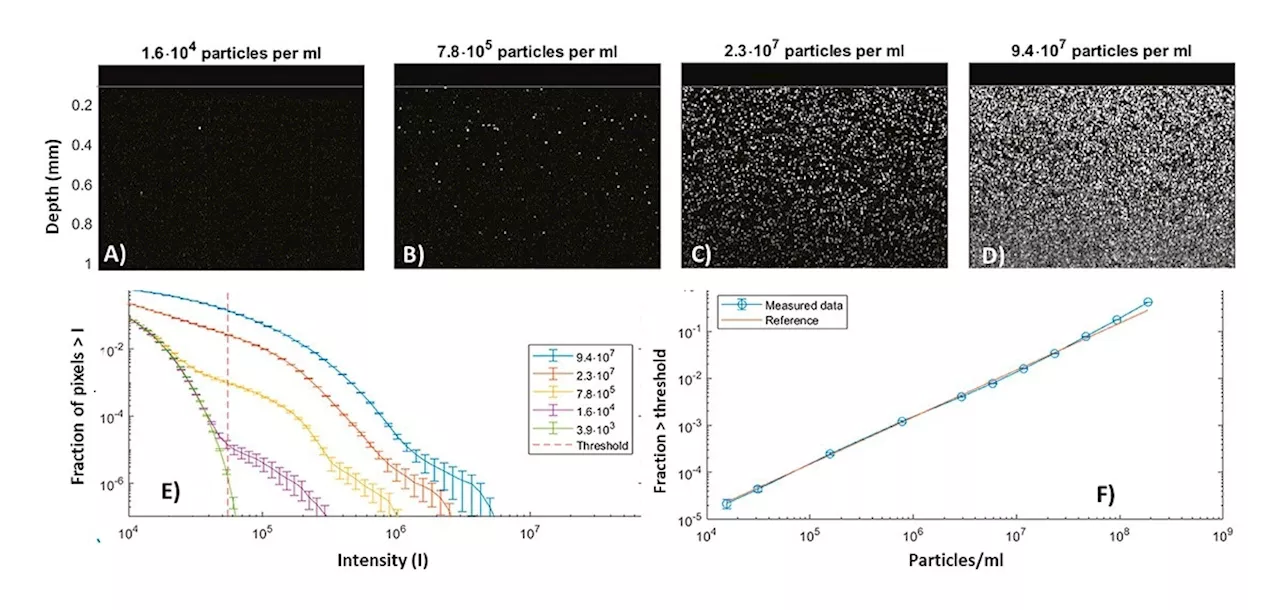A new 'Large Particle Detection' (LPD) mode has been introduced to SR-DLS instruments, enabling rapid identification and characterization of oversized particles in nanosuspensions. This advancement complements existing in/on/at-line size analysis capabilities, providing a comprehensive solution for non-invasive monitoring of particle size distribution.
Particle size characterization in nanosuspensions often focuses on ‘majority’ features of the size distribution. Yet, for various suspensions in (bio)pharmaceuticals or fine chemicals, small fractions of ‘oversized’ particles can significantly impact their quality and safety. Efficient characterization of these particles -especially during suspension processing- remains a challenge.
Here, a new mode is introduced to the established in/on/at-line size characterization capabilities of SR-DLS instruments (NanoFlowSizer): ‘Large Particle Detection’ (LPD). It provides rapid information of ‘rare’ aggregates and oversizers using high-speed cross-sectional video-imaging. The combined information from SR-DLS and LPD significantly extends current non-invasive measurement capabilities for nanosuspensions
NANOPARTICLES SUSPENSIONS SR-DLS LARGE PARTICLE DETECTION CHARACTERIZATION
United Kingdom Latest News, United Kingdom Headlines
Similar News:You can also read news stories similar to this one that we have collected from other news sources.
 Optimizing Samples for SANS Structural Characterization with DLSNon-aggregated samples are vital for SANS. Dynamic light scattering assesses protein monodispersity, enhancing the quality of structural characterization.
Optimizing Samples for SANS Structural Characterization with DLSNon-aggregated samples are vital for SANS. Dynamic light scattering assesses protein monodispersity, enhancing the quality of structural characterization.
Read more »
 Comprehensive assessment of LNP size, particle concentration, and zeta potentialThis article explores Comprehensive Assessment of LNP Size, Concentration, and Zeta Potential.
Comprehensive assessment of LNP size, particle concentration, and zeta potentialThis article explores Comprehensive Assessment of LNP Size, Concentration, and Zeta Potential.
Read more »
 AI 'liquid biopsies' using cell-free DNA, protein biomarkers, could aid early detection of ovarian cancerA blood test that uses artificial intelligence (AI) to detect cancer-related genetic changes and protein biomarkers could help screen women for early signs of ovarian cancer, according to a study by researchers at the Johns Hopkins Kimmel Cancer Center in collaboration with several other institutions in the United States and Europe.
AI 'liquid biopsies' using cell-free DNA, protein biomarkers, could aid early detection of ovarian cancerA blood test that uses artificial intelligence (AI) to detect cancer-related genetic changes and protein biomarkers could help screen women for early signs of ovarian cancer, according to a study by researchers at the Johns Hopkins Kimmel Cancer Center in collaboration with several other institutions in the United States and Europe.
Read more »
 Omitting biopsy with negative MRI reduces detection of clinically insignificant prostate cancer: StudyOmitting biopsy in patients with negative magnetic resonance imaging (MRI) results is associated with a significantly reduced relative risk for detecting clinically insignificant prostate cancer, according to a study published in the New England Journal of Medicine.
Omitting biopsy with negative MRI reduces detection of clinically insignificant prostate cancer: StudyOmitting biopsy in patients with negative magnetic resonance imaging (MRI) results is associated with a significantly reduced relative risk for detecting clinically insignificant prostate cancer, according to a study published in the New England Journal of Medicine.
Read more »
 AI could improve detection of severe heart condition through standard medical testIn a new study published in JACC: Advances, researchers at Beth Israel Deaconess Medical Center (BIDMC) successfully validated an artificial intelligence tool that detects severe aortic stenosis (AS) with over 98% accuracy, a common and serious valve disease affecting about five% of adults older than 65 in the U.S.
AI could improve detection of severe heart condition through standard medical testIn a new study published in JACC: Advances, researchers at Beth Israel Deaconess Medical Center (BIDMC) successfully validated an artificial intelligence tool that detects severe aortic stenosis (AS) with over 98% accuracy, a common and serious valve disease affecting about five% of adults older than 65 in the U.S.
Read more »
 PSNI trial new drug detection kits on the roadsideLast year saw 71 people lose their lives on Northern Ireland’s roads, the highest number of deaths for eight years
PSNI trial new drug detection kits on the roadsideLast year saw 71 people lose their lives on Northern Ireland’s roads, the highest number of deaths for eight years
Read more »
